Electronic Shockwave: Pakistan’s EW Arsenal Cripples Indian Rafales in High-Altitude Face-Off
The high-speed ingress of the Rafales at an altitude of 40,000 feet—while carrying lethal payloads—was perceived as an immediate strategic threat by Islamabad, particularly in light of ongoing regional tensions post-Revocation of Article 370 and border skirmishes.
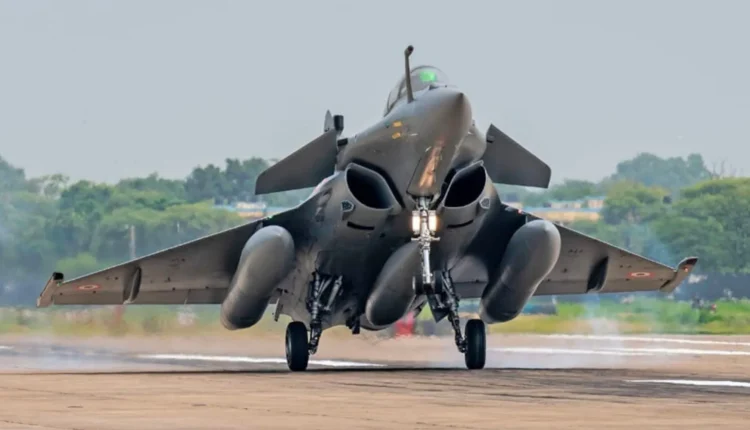
(DEFENCE SECURITY ASIA) — In a dramatic escalation that unfolded under the cloak of night between April 29 and 30, four Rafale fighter jets of the Indian Air Force reportedly launched from Ambala Air Base in Haryana, heading west at Mach speeds towards the Pakistan frontier.
According to multiple Pakistani defence sources, the Indian Rafales were armed with Spice 2000 precision-guided munitions—an Israeli-designed, air-to-ground glide bomb system with a standoff strike capability of up to 200km.
These long-range munitions, previously used in the Balakot strikes, allow Indian jets to engage high-value targets deep within Pakistani territory while remaining within the safety envelope of Indian-controlled airspace.
The high-speed ingress of the Rafales at an altitude of 40,000 feet—while carrying lethal payloads—was perceived as an immediate strategic threat by Islamabad, particularly in light of ongoing regional tensions post-Revocation of Article 370 and border skirmishes.
However, before any potential engagement could occur, the Rafales were reportedly blinded mid-flight by a well-coordinated electronic warfare (EW) operation launched by Pakistani defence assets.
“Jamming by Pakistan’s electronic warfare assets rendered the Rafales’ sensors, communications, and radar systems inoperative,” Pakistani media reported.
“The electronic countermeasures severed all inter-aircraft links and disrupted their connection with ground-based command infrastructure,” it added.

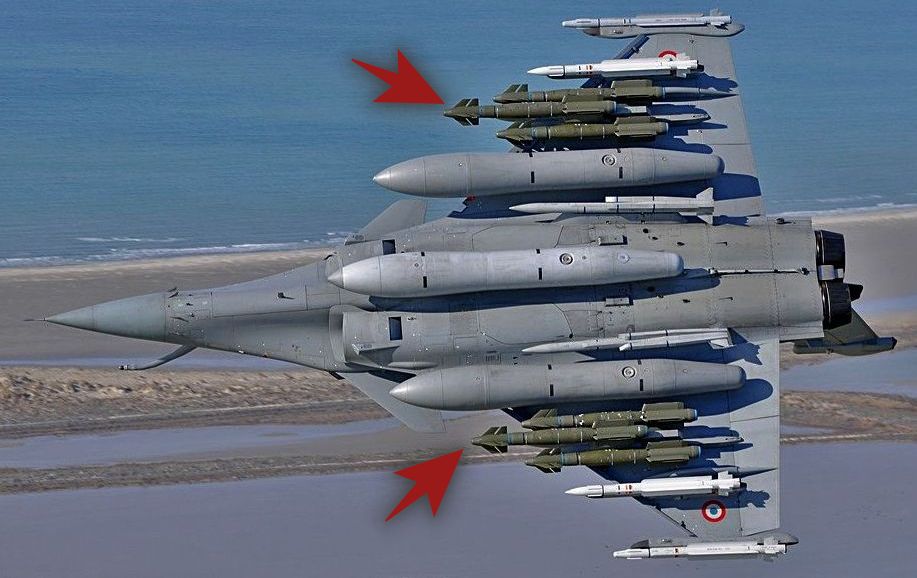
Simultaneously, the Pakistan Air Force (PAF) activated its quick reaction alert (QRA) posture and scrambled a formation of Chinese-built J-10C fighters to intercept the incoming Rafales.
The J-10Cs, equipped with the cutting-edge PL-15 beyond visual range (BVR) air-to-air missiles, were primed to engage from distances of up to 300km—far beyond the engagement envelope of most fourth-generation fighters.
The PL-15, developed by China’s Academy of Launch Vehicle Technology (CALT), is equipped with an active AESA radar seeker and boasts a blistering top speed of Mach 4, making it one of the deadliest BVR missiles in active service.
Reports indicate that China has fast-tracked deliveries of the PL-15 to Pakistan under an accelerated defence cooperation agreement, aimed at countering India’s Rafale and Su-30MKI advantage across the Line of Control (LoC).
The PL-15 is now viewed by analysts as a near-peer rival to the American AIM-120D AMRAAM and the European MBDA Meteor missile—both of which are integrated on Indian Rafales.
Due to total systems degradation from Pakistan’s EW strike, the Rafale jets were forced to abort their mission and diverted to Srinagar Air Base instead of returning to their original launch point in Ambala.
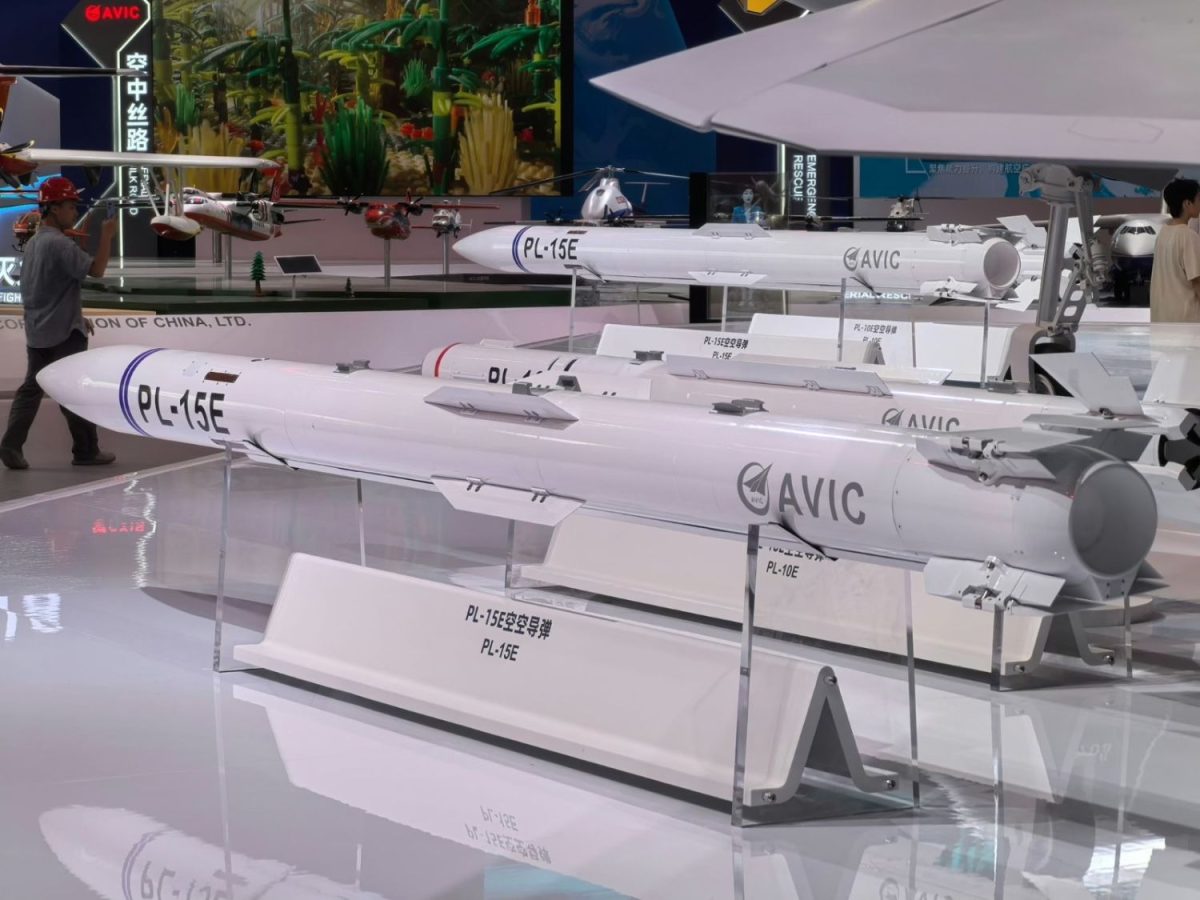
Citing Pakistani military intelligence sources, reports further allege that the Indian Air Force attempted a similar maneuver the following Friday, possibly to test Pakistan’s air response latency.
But this subsequent attempt was swiftly neutralized after Indian radar and surveillance systems detected the presence of 50 Pakistani fighter jets already airborne in a high-alert defensive posture.
“Upon receiving intelligence of the Indian Air Force’s movement, Pakistan immediately scrambled 40 to 50 aircraft, including F-16s, J-10Cs, and JF-17s,” the report noted.
“This rapid deployment forced the Indian Air Force to abandon its plan,” it added.
The Pakistani Defence Minister, Khawaja Muhammad Asif, later confirmed the incident, stating that Pakistan’s electronic warfare measures had successfully disrupted the Rafale operation and forced India to step back.
“Four Rafale jets were coming from India and were successfully jammed by Pakistan’s forces,” said Asif.
“After that, there has been no action from India. We cannot say the threat from India has diminished,” he added, hinting that the stand-off remains volatile.
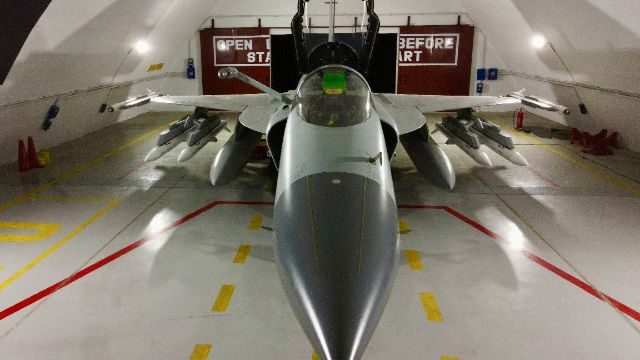
At present, the Pakistan Air Force maintains approximately 75 F-16s, including Block 15 and Block 52 variants—proven multirole aircraft that continue to form the backbone of Pakistan’s strategic air deterrent.
These U.S.-built fighters are prized for their strike precision, survivability, and interoperability, with capabilities honed in years of counterinsurgency and border monitoring operations.
Complementing the F-16s are more than 145 JF-17 Thunder fighters, developed jointly with China, which now represent the numerical bulk of the PAF’s modernized frontline fleet.
The latest JF-17 Block III variant features a fully digitized cockpit, AESA radar, advanced ECM systems, and PL-15 integration—positioning it as Pakistan’s answer to India’s fourth- and 4.5-generation fighters.
Pakistan’s fleet of approximately 36 J-10C multirole fighters, inducted from 2022 onward, offers yet another tier of high-end capability, bridging air superiority, interception, and precision strike roles in a single platform.
Armed with both PL-15 and PL-10 missiles, and supported by state-of-the-art EW suites, the J-10Cs significantly elevate Pakistan’s ability to contest airspace in contested domains like Kashmir and Gilgit-Baltistan.
Despite the age of its Mirage III and Mirage V aircraft, Pakistan continues to modernize these legacy platforms through domestic upgrades at the Pakistan Aeronautical Complex, extending their operational relevance in secondary roles.

For pilot training and light ISR missions, the PAF also fields the FT-7, K-8 Karakorum, and Super Mushshak aircraft, all contributing to the sustainment of a combat-ready pilot pipeline.
Beyond its fighters, the PAF also commands a formidable airborne surveillance capability, centered on a fleet of nine Saab 2000 Erieye AEW&C aircraft, making it one of the most capable AEW&C operators in South Asia.
These Erieye platforms, equipped with AESA radars, provide 450km of airspace coverage and allow real-time data-linking with frontline fighters—essential for early warning, target cueing, and force coordination.
In comparison, the Indian Air Force operates only three IL-76 Phalcon AEW&C aircraft equipped with Israeli radars and two DRDO-developed “NETRA” systems, highlighting a capability gap in strategic air surveillance.
Indian defence publications have admitted that Pakistan’s AEW&C advantage—especially with the Saab 2000 fleet—has enabled it to generate superior situational awareness during cross-border air encounters.

This aerial confrontation underscores how the next chapter in South Asia’s military rivalry will be defined not only by fighter platforms, but by integrated networks of sensors, electronic warfare, and missile dominance.
As geopolitical tensions rise amid great-power competition in the Indo-Pacific and China’s deepening military partnerships with Pakistan, the fragile air power equilibrium between New Delhi and Islamabad appears ever more precarious.
— DEFENCE SECURITY ASIA


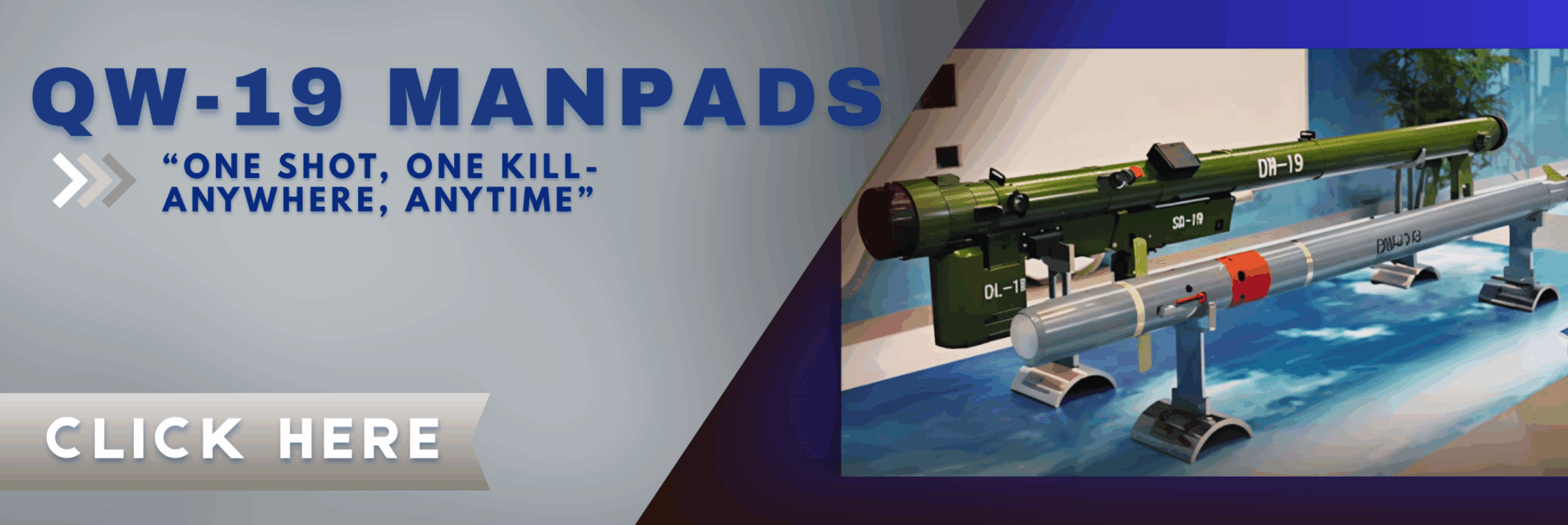
Fake claim by the beggar country Pakistan
Don’t know if I laugh or pity pakistani media for reporting in such a way that it looks they had a upper hand or pity these media outlet who believes pakistani DG-ISPR. Just some years ago an indian missile misfired and diverted to Pakistan they did not have enough deterrence to even locate it and intercept and They had guts to say they pushed back rafale which is much more advance than any pakistani fighter jet and untraceable by their radars.
Lmao better jokes than standup comics